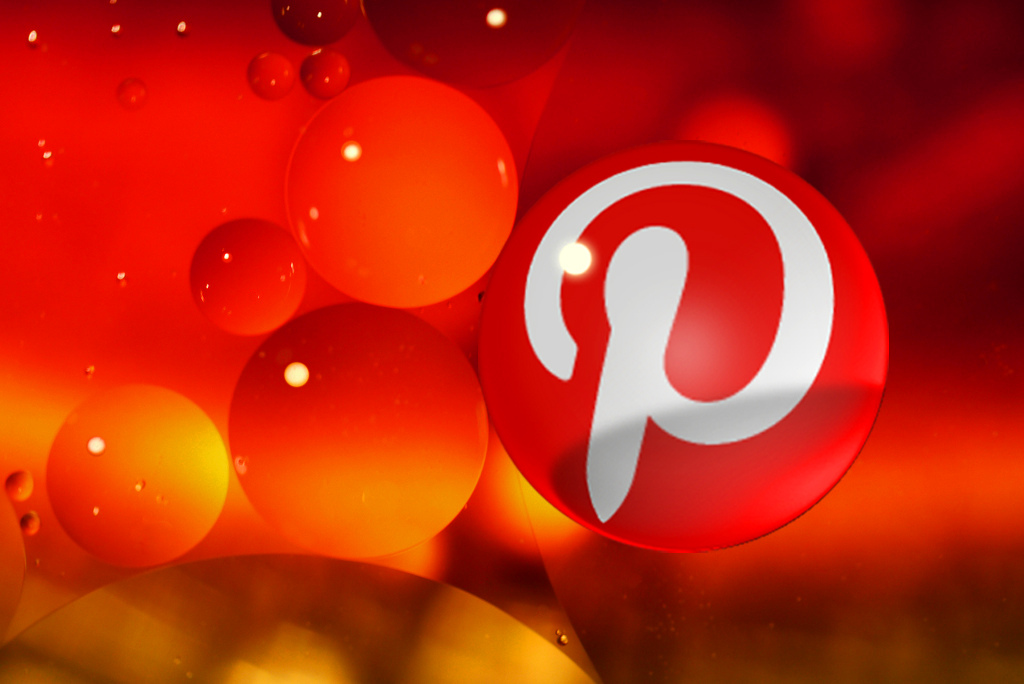Looking for a new way to get visitors to your site? Consider the newest major player in the social media landscape: Pinterest. The site is the fastest growing social network – ever. Last year, it hit the 10 million visitor mark faster than any standalone site in history, making it the third largest social network behind Facebook and Twitter.
So what is Pinterest? Think of it as an online pinboard where users can collect, organize, and share images. People don’t just go there to save things they find while searching the web at large. They visit the site to find new content – over 80% of pins are re-pins.
But perhaps most importantly, people are directly shopping on Pinterest. Many users create boards dedicated to upcoming special events like their child’s birthday party or their wedding. And they are also actively trolling for everyday needs, like what to eat for dinner, how to wear their hair, or what to wear to work. And often they’ll click straight through from a pin to make a purchase on an external site, making it incredibly valuable traffic for many businesses.
So how can you take advantage of Pinterest for your company? Here’s a step-by-step guide.
Step 1: Determine If Your Site Is a Good Match for Pinterest.
Ask yourself the following questions to see if your business would do well on Pinterest:
Do you have a unique, visual product? For example, if you own a bike store that sells basic models, you probably won’t get much traction on Pinterest. But if you build custom bikes that showcase pop culture or boast special features, then you’ll be more likely to get re-pinned.
Are you offering practical, useful advice? People go to Pinterest to find products or tips that they want to share with others and save for later use, such as recipes, hair styles, and “how to” guides.
Do you offer services that can be showcased visually? Consider if what your business does can be shown in interesting photos, graphics, videos, or infographics. For example, wedding planners, photographers, interior designers, and hair stylists may not sell products, but their services lend to great images that can be shared.
Is your target audience on Pinterest? The social network is dominated by women, who make up 82% of the active users, so it’s particular effective for reaching that audience. A study by BlogHer found that it’s the social network that women trust most. Popular content includes Food & Drink, DIY & Crafts, Women’s Apparel, Home Decor, Art, and Design. You can see some more detailed info in the graphs to the right from a Repinly study in 2012 and also in this Pinterest infographic.
Step 2: Create Content for Pinterest.
Now, assuming that you believe Pinterest is a good match for your business, you need to start thinking about what you want to share. You may be able to use content that you’re already generating as it is or by making small changes. Or you may want to create content specifically for Pinterest.
Here are the best practices for creating content for Pinterest.
- Make sure it has a strong visual. It is possible to share articles and other content with no images, but it unlikely they’ll get many re-pins. Everything you share on Pinterest must have a compelling image that attracts people to click through or save it on their board.
- Create an image to showcase a catchy blog post title. But what if what you are sharing isn’t easily boiled down to a simple image? Many articles chock full of useful information get thousands of re-pins, and they do it by creating an image for the title of the post. They pin that image and then people know exactly what they’ll find in the article after they click through.
- Quality matters. Make sure it’s a high quality image. A fuzzy photo of a recipe won’t get shared, no matter how delectable it is.
- Consider the size and shape of your images. You want to ensure that what you create is pinnable. If not, either it won’t show up when people try to pin it or it will appear misshapen. The minimum size is 80 x 80 pixels, and the maximum width is 736 pixels. Be aware that there is no limit for the height of the image, so you will often notice very skinny images containing a lot of information. This can be an effective way to draw attention to a pin – or annoy people if the image is too long. Also, when you click through the pin to see greater detail, it will be limited to 880 pixels.
- Include a “Pin It” button on your site. Make it easy for visitors to share your content on Pinterest. You should also use this button yourself to see what images appear as options to “pin”. Are the images you want to appear, such as product photos, showing up? If not, figure out why and fix it. As mentioned earlier, often the image size is the culprit, but Pinterest also won’t show background images, images embedded in iframes, and images within Flash websites.
- Share YouTube videos. Not many people are doing it (or are aware that you can do it), so it can be a way to stand out from the crowd and keep them engaged.
- Include a strong “tease”. Ultimately, you don’t just want people to pin; you want them to click through. Give them a reason to.
- Include calls to action and prices on products. Like I mentioned earlier, people are directly shopping on Pinterest. Make the job easy for them by letting them know that they need to look no further to make a purchase. They can just click straight through to your shopping cart.
- Optimize the landing page. Once they get to your site, you want to make the most of that visitor, converting them into a customer, a repeat visitor, or both. Make sure that you include ways for them to connect with you in the future, by signing up to follow you on social networks, receive your email newsletter, or subscribe to your RSS feed. And if you sell products or services, add a “Buy Now” button directly on the page, so they don’t have to go any deeper into the site to take action.
Step 3: Develop a Keyword Strategy.
Pinterest is a search tool. Just like they do on Google, people input keywords into the search bar on the site to find what they’re looking for, so you can benefit by utilizing SEO techniques.
- Include rich descriptions. Take the time to craft them well. Make sure they’re specifically about what’s included in your pin and make use of keywords that are likely to be used to find it. Ideally, you want them to be between 50 to 150 characters, but you have up to 500 characters to use.
- Don’t make descriptions too salesy. People can change the description as they re-pin, and no one wants to directly “sell” your product. They just want to share this neat, pretty, useful thing they discovered. Instead focus on making them conversational and informative about what’s in your pin. Think of it like you’re featuring your product or service in a magazine article rather than in a company brochure or catalog.
- Include keywords in the image title. You can also benefit from traditional search engine results, so it’s important to include keywords in the image title, which can help you appear higher in Google’s search results.
- Don’t use hashtags. Unlike other social networks, their use isn’t the norm on Pinterest.
Step 5: Participate.
Don’t just share your own content. Take advantage of the social aspect of this social network. Engage with other pinners: share and comment on their pins. Follow their boards. Respond when they comment on your pins. Ask for feedback. If your brand has a following, encourage others to share your products or services on Pinterest, and interact with them when they do.
Step 4: Track Your Results.
Pinterest has a free analytics tool that is available to all business pages. It’s an easy way to see how effective your Pinterest strategy is. You can use it to track how often people:
- Pin images from your site
- View your pins
- Repin your pins
- Click on your pins
Be aware that the analytics focus only on images from your website. If part of your strategy includes pinning content from other sites, the data won’t appear here. You can also look at different time periods, which can be very informative for seasonal products and services.
You can additionally use Google Analytics to get info, which can be valuable if you want to compare how effective your Pinterest strategy is compared to other social networks like Facebook and Twitter. Go to Traffic Sources > Social > Network Referrals.
Take a look at what pins are the most successful and see what they have in common. Then adjust your strategy accordingly.





I do agree to some extent that pinterest is a good source of generating traffic, however it’s pretty slow and you have to create a good image there by being active and it’s very time consuming, I’d rather spend that time doing other things than being active at pinterest..And the traffic is limited to some niches, for example you can’t just generate traffic for an insurance or credit website..
Good points on this, I think its hard to figure out how to apply pintrest to certain businesses.
Thanks for the comment!